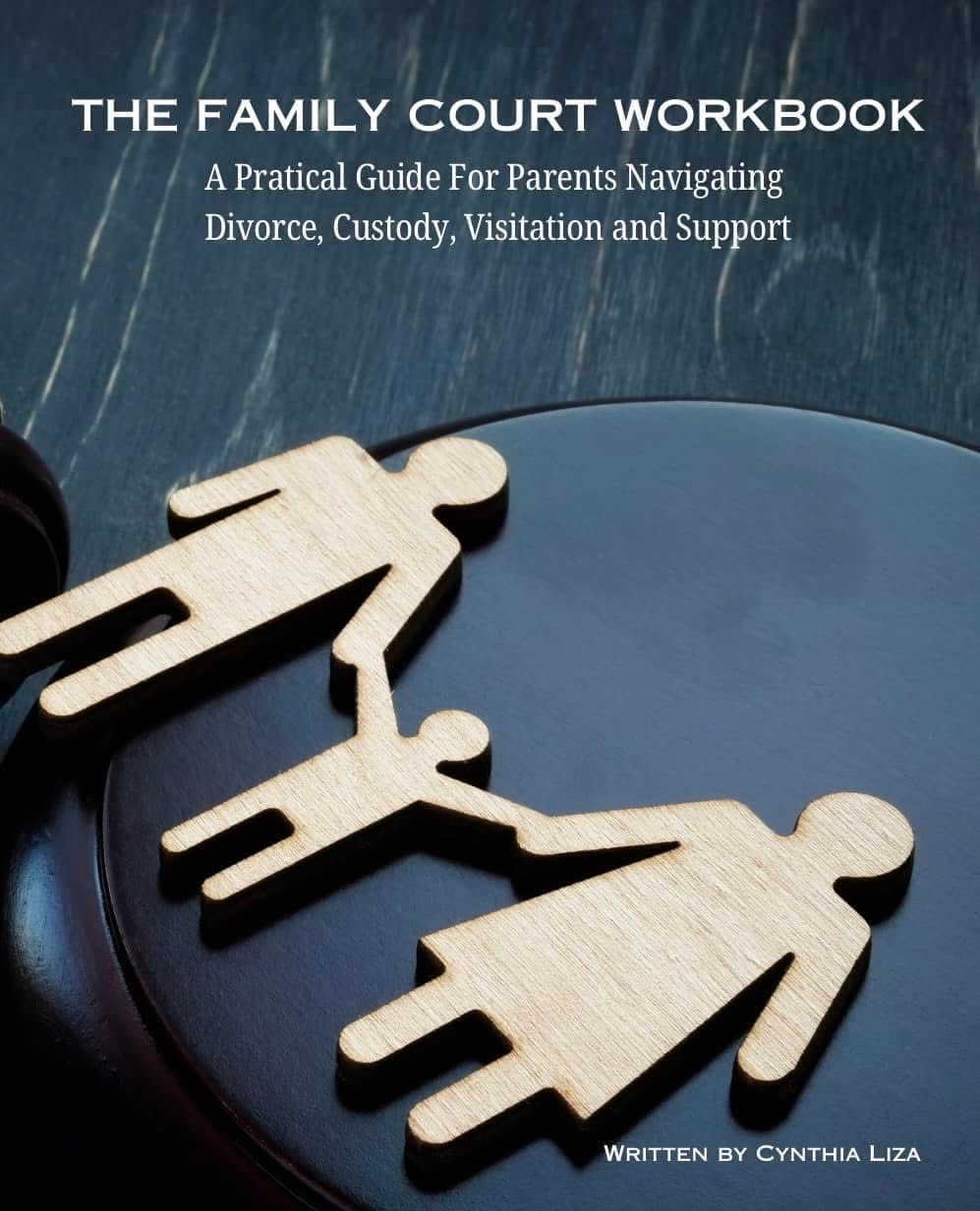Dealing with a High-Conflict Co-Parent: How to Recognize It, Handle It, and Protect Yourself and Your Case
Co-parenting is supposed to be a collaborative relationship built on the child’s best interests.
But when one parent constantly escalates conflict, refuses to cooperate, or uses the court system to continue personal battles, you are no longer just “co-parenting”—
you’re surviving a high-conflict dynamic.
Understanding the signs early, managing your responses, and protecting your mental health are crucial for both your well-being and your child’s stability.
This article covers:
How to recognize high-conflict co-parenting patterns
How to manage and document conflict
When and how to shift to parallel parenting
What courts can do when high-conflict behavior gets out of hand
How to advocate for your child while maintaining your own peace
Recognizing the Beginning of High-Conflict Co-Parenting
High-conflict co-parenting doesn’t always start immediately after separation.
It often begins subtly:
Passive-aggressive communication
Withholding important information about the child
Making unilateral decisions
Constantly criticizing your parenting
Disregarding court orders and agreements
Over time, these behaviors escalate into:
Threatening court action for minor disagreements
Harassment through excessive calls, texts, or emails
False allegations or misrepresentation of facts
Using the child as a messenger or emotional weapon
High-conflict parents thrive on chaos and control.
They focus less on raising the child and more on winning the "power struggle."
Common Patterns of High-Conflict Behavior
Blame-shifting: Everything is your fault; they take no accountability.
Escalation: Minor disagreements are turned into major battles.
Manipulation: Twisting facts to paint themselves as the victim.
Interference: Undermining your authority or parenting decisions.
Harassment: Frequent, hostile communication meant to overwhelm.
Playing the Victim: Portraying themselves as the “good parent” despite their toxic behavior.
How to Deal with a High-Conflict Co-Parent
1. Shift to Parallel Parenting
Parallel parenting reduces direct interaction.
Each parent handles their responsibilities independently without expecting cooperation on day-to-day decisions.
Communication is limited, brief, and only about the child.
Separate events, exchanges, and routines.
Detailed parenting plans minimize gray areas and ambiguity.
The goal isn’t to cooperate—it’s to reduce conflict.
2. Use Counter-Co-Parenting Strategies
When forced to interact:
Respond only to essential child-related issues.
Do not engage in emotional baiting or personal attacks.
Stick to facts, not feelings.
Use written communication whenever possible (email or a court-monitored app).
Example Response:
"Thank you for your input. I will continue following the agreed-upon court orders regarding [child’s name]'s schedule."
No emotion. No counter-attack. Only professionalism.
3. Document, Document, Document
Courts care about evidence—not feelings.
Keep a High-Conflict Log documenting:
Dates and times of communication
Screenshots of hostile emails, texts, voicemails
Missed visitations, refused exchanges, or rule violations
Any interference with the child’s education, medical care, or emotional well-being
Over time, patterns emerge. Judges and evaluators pay attention to patterns.
When High-Conflict Behavior Can Affect Custody
If a parent:
Repeatedly violates court orders
Harasses the other parent or the child
Creates emotional distress for the child
Refuses to co-parent in good faith
Interferes with the child's stability or school attendance
The court may take action.
Possible consequences include:
Reducing parenting time for the high-conflict parent
Ordering supervised visitation
Awarding sole legal custody to the cooperative parent
Requiring court-ordered parenting classes or therapy
Scenarios and How to Handle Them
Scenario 1: Excessive Texts with Hostile Language
Response:
Do not respond to emotional bait.
Save all communications as evidence.
Limit replies to necessary topics ("I will be at the pickup location at 4 p.m.").
Scenario 2: False Allegations in Court Filings
Response:
Address only with evidence.
Avoid defensive declarations.
Present your facts clearly, with supporting documentation.
Scenario 3: Child Being Used as a Messenger
Response:
Address in court filings.
Request communication boundaries through a co-parenting app.
If severe, request an order limiting contact through the child.
How to Care for Your Own Mental Health
High-conflict co-parenting takes a toll:
Constant stress
Anxiety over interactions
Emotional exhaustion
Protect yourself:
Limit interactions as much as legally allowed.
Maintain strong personal boundaries.
Work with a therapist who understands high-conflict dynamics.
Engage in self-care practices (exercise, hobbies, mindfulness).
Build a support system—family, friends, online communities.
You cannot co-parent with someone who refuses to cooperate.
But you can parallel parent effectively, protecting your child and your peace.
How to Address High-Conflict Behavior to the Judge
When you go to court:
Focus on child-centered impacts, not personal grievances.
Provide organized documentation showing the pattern of behavior.
Request solutions like parallel parenting plans, co-parenting apps, or supervised exchanges.
Example Language in Court:
"I am requesting a parallel parenting structure due to ongoing high-conflict behavior that has interfered with our ability to co-parent effectively. My priority is to maintain a stable, peaceful environment for our child."
Remain calm, fact-based, and focused on the child.
Final Thoughts: You Can't Control Them—But You Can Protect Yourself
Dealing with a high-conflict co-parent isn’t fair.
It’s exhausting.
It’s emotionally draining.
But you do have power:
The power to not engage in their chaos.
The power to document and protect your child.
The power to model stability for your child, even when the other parent won't.
Your peace is part of your child's peace.
Your strength is part of your child's safety.
Stay steady. Stay smart. Stay focused.
Need help documenting high-conflict patterns for court?
The Family Court Workbook includes evidence logs, communication trackers, and declaration templates to help you organize everything you need to protect your case—and your child.
Available now on Amazon.
Disclaimer: This article is for informational purposes only. It is not legal advice. Always consult a qualified attorney regarding your specific situation and local jurisdiction.






